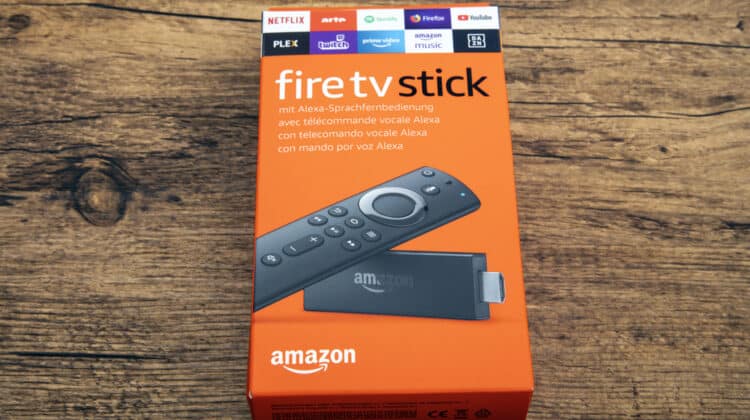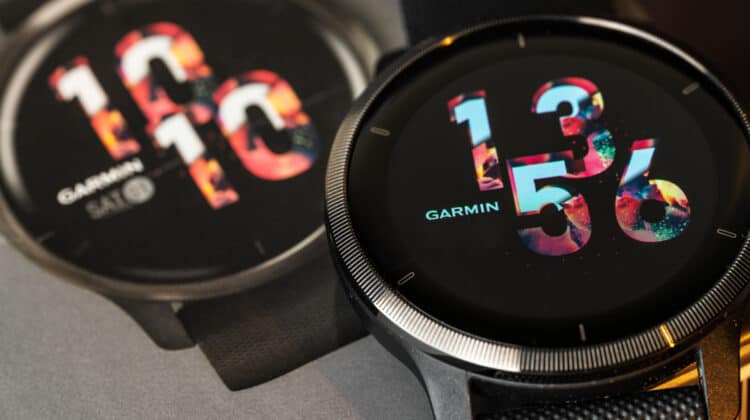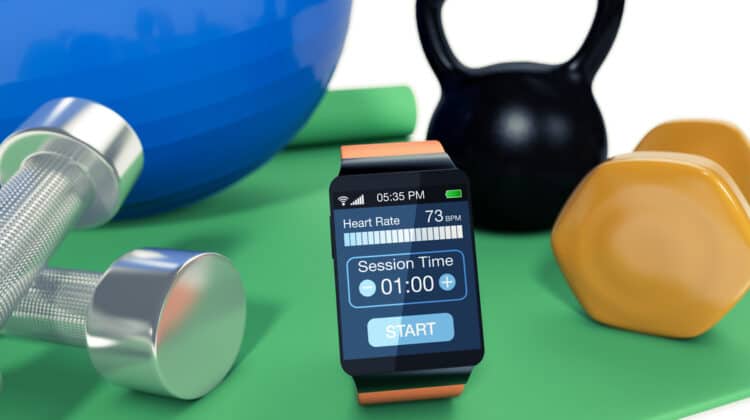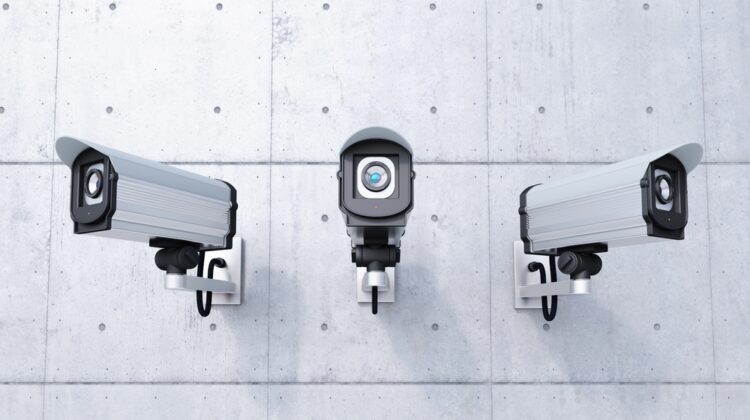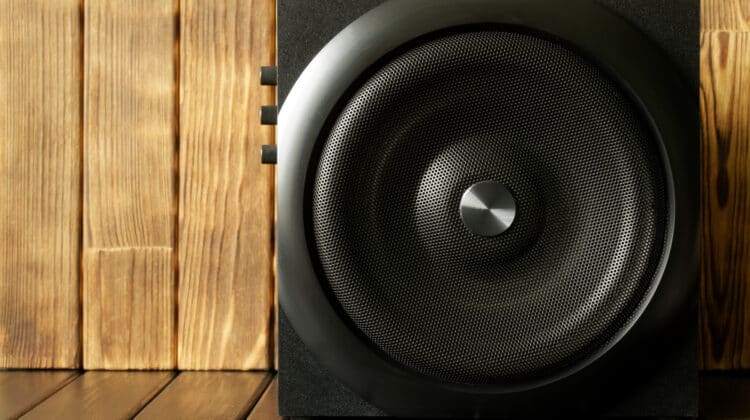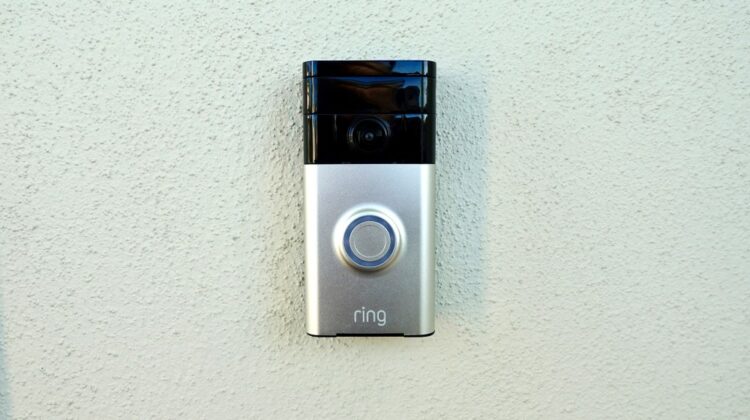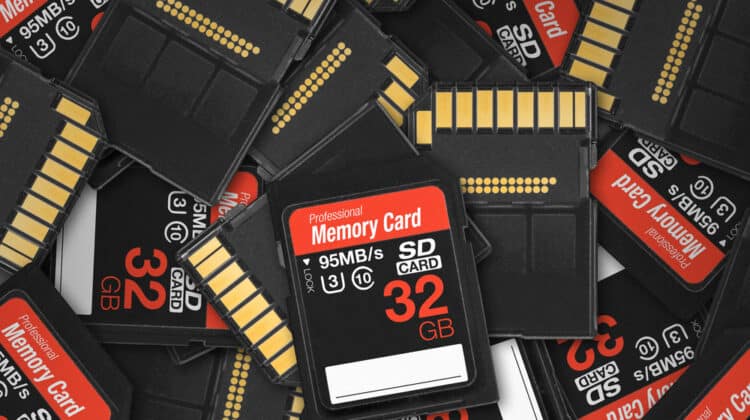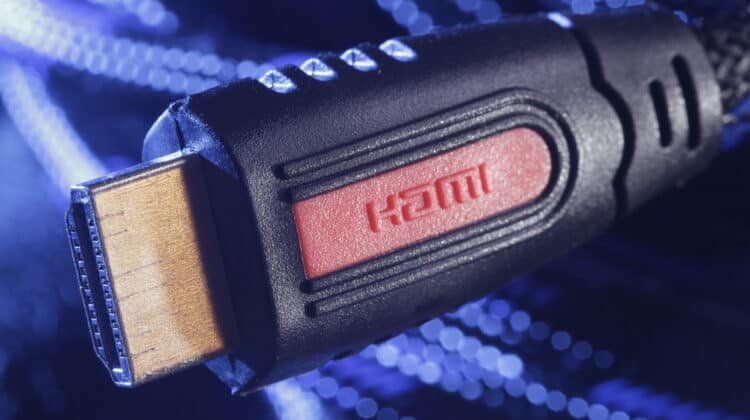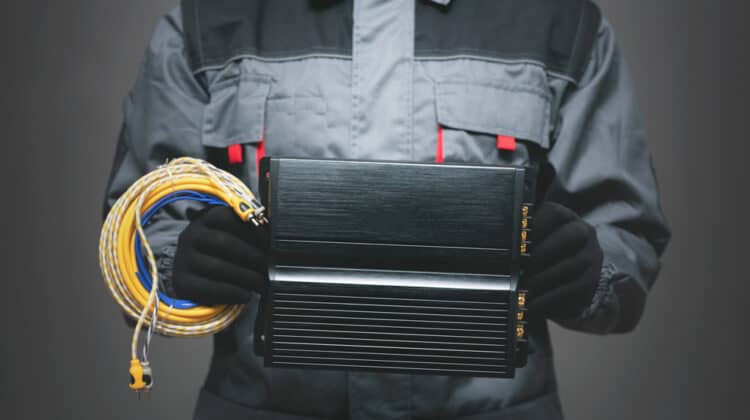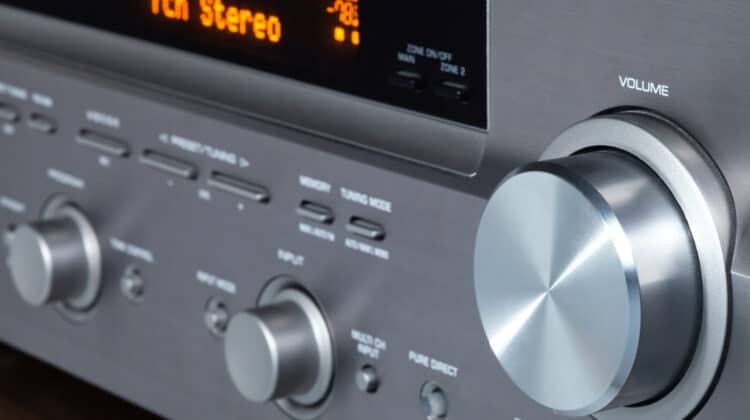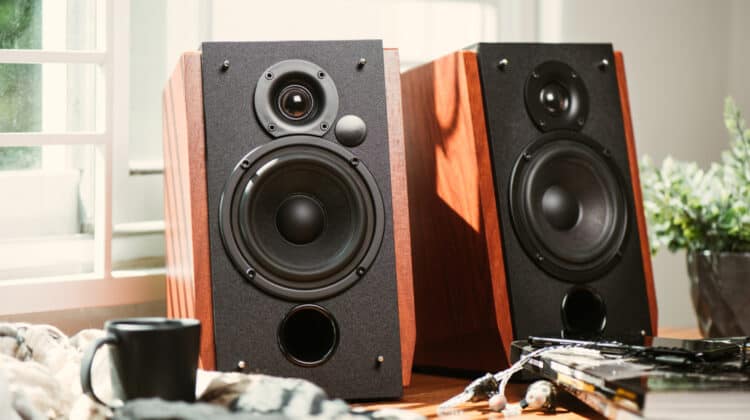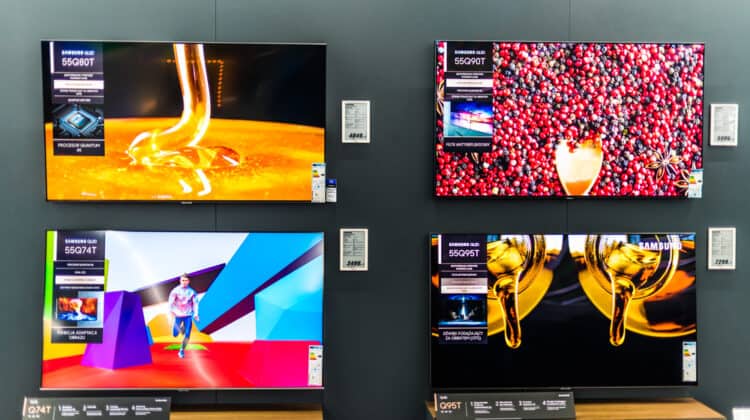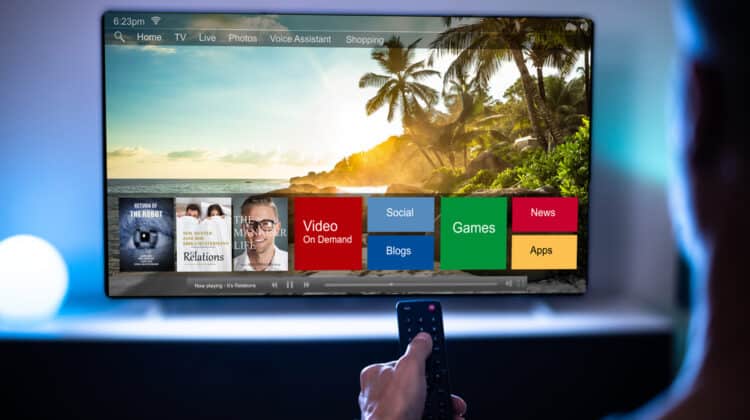
VR headsets are head-mounted devices that give users a virtual reality experience with quality sound and a 3D screen view.
People use these devices for various purposes, primarily gaming.
VR headsets are generally high in price for many different reasons.
Let’s discuss each of them in detail.
Why Are VR Headsets So Expensive? (Top 10 Reasons)

The major reason VR headsets are so expensive is the number of features they offer.
These headsets include quality motion sensors, optics, bespoke display panels, custom display screens, etc., adding real customer value.
Additionally, they bring the ability to turn a one-dimensional view into a multi-dimensional perspective.
Users get an ultimate viewing experience whether they are playing games or enjoying movies.
Other features play an essential part in the expensive pricing of the VR headsets as well.
Let’s understand them.
1. Features

VR headsets are well known for adding the latest features to enhance the user’s viewing experience.
This makes them quite expensive.
Whether it is a computer-based system or a mobile phone VR set, the advanced features add to the prices of these products.
Some of the features include:
- 3D viewing experience
- Multi-dimensional view
- 3D enabled spatialized sound
- Advanced HD view
- Kinect-like camera
- Transparent screen
- Gyroscopes
- 120-degree spatial systems
- Internet connectivity options
- Customization options for sound and viewership
Most VR headsets also develop multiple connectivity options as they can work efficiently with various devices like computers, mobiles, smart TVs, gaming consoles, etc.
They also enable the user to move freely within a specific diameter since users mostly connect VR headsets via Bluetooth.
The advanced VR headsets have memory options available to the users, which can be of great use.
You can easily store some essential media files within the headsets and view them without connecting to any device.
However, this technology is relatively new and is least available in the market.
2. Wide Range Of Components

A wide range of internal and external components add value to the VR headsets, increasing the prices.
A. Motion Sensors
The motion sensors enable the VR headsets to adapt the viewing changes according to the motion of the users.
The motion sensors play an important role in providing an immersive viewing experience by quickly adjusting a one-dimensional view into a 3D view.
Some of the devices also use multiple sensors to make an ultimate six degrees of freedom (6DoF) system for head tracking, which enhances the realistic features of the scene.
B. Stereo Sound
The stereo sound components of the VR headsets give the user a quality 3D sound experience while viewing.
Stereo sound technology is one of the latest technologies that use the method of recreational sound production from multiple directions.
Due to this, the user hears the sound from multiple directions.
C. Lenses & Screen
The lenses add real value to the pricing of these VR headsets.
These devices use stereoscopic lenses placed between the screen and the eyes.
These lenses play an essential part in creating an ultimate 3D view.
The stereoscopic lens is made with a combination of multiple lenses within the same lens.
The lens stimulates the human’s binocular vision and creates a quality 3D view.
D. Controllers
The controllers enable users to take charge of the view according to their needs.
They are built-in and users can access them with the buttons present outside the VR headsets.
Most VR headsets also allow you to control the view from the connected device.
With recent advanced production from Meta, users will now be able to control the VR headsets from the pressure sensors.
E. Outer Material
The outer material of VR headsets is made of hard plastic.
The device’s front side is made of magnifying glass supported by the cardboard from the inside.
Manufacturers construct these devices to keep them safe from casual damages.
The material used on the outer side of the device also remains safe from any wear and tear and lasts a long time.
3. No Mass Production

Currently, the total production of VR and AR headsets is around 20–25 million, which is relatively low compared to the requirements these days.
The VR market grew about 93% in 2021, as per reports.
The number proves the increasing demand for VR headsets.
There have been multiple production units set up by different private companies to meet the growing demand.
However, this will take some time, and users will have to face issues with the pricing due to less production of VR headsets.
Meta has been leading the VR headsets production.
According to the corporation, the company will be able to cope with the pace of market requirements until 2030.
4. Advanced Technology

The advanced technology used to manufacture these headsets adds to the pricing.
These headsets work on an extended reality technology that gives you a unique interaction with the computer.
Most VR headsets work with an Inside-Out Tracking system that provides a room-scale viewing experience.
This technology is relatively new and only a few companies are working with it.
People using headsets built with inside-out tracking systems can have a viewing experience from different locations.
Another major technological advancement in the VR headsets is Room Scale Technology.
Meta is the pioneer of this technology, with other companies also adopting it quickly.
The Room Scale Technology allows the user to have an authentic viewing experience while walking freely within a room or even an open space.
Some high-end VR headsets use Haptic Feedback Technology that allows the user to have a touch feature enabled.
This gives the user a contextual feeling of any object they touch.
The technology is mostly available when you connect to devices used for gaming.
5. Portable

Another feature that makes these headsets considerably expensive is portability.
Most VR headsets offer the user a Bluetooth feature, making it easy for them to connect to different devices via Bluetooth.
Also, the mobile phone-enabled VR headsets run with the mobile phone attached to the front of the screen.
This means the user can easily move with the headset.
VR headsets are lighter in weight enabling the users to wear them on their heads without any hassle.
The users can also carry them while traveling, which can benefit people who love to travel.
The portability feature of VR headsets also enables the user to have an amazing viewing experience from any location they want.
You just need to have a stable internet connection, and you are free to access the device.
6. Design

VR headsets are extremely simple in design, made with hard plastic, a pair of magnifying glasses, and cardboard.
The manufacturing of these devices is based on some simple procedures.
The buttons are present at the side or top of the VR headset with the holding straps made of rubber.
The design makes the VR headset perfect for users who enjoy having a VR experience for longer periods.
Some of the average-priced headsets are square in shape, which users can use to have an excellent 360-degree viewing experience.
These headsets are not designed to access some of the most advanced technologies, which can be a drawback if you purchase an average-priced product.
The VR headsets come with a slim body and are lightweight.
There are also different colors available with these devices and the prices might vary depending on the shade you choose.
You can find some of the heavier VR headsets at much more affordable prices.
However, you should not consider purchasing them since the weight can ruin your viewing experience.
The lighter the weight, the better the viewing experience.
7. Responsiveness

The response time of VR headsets is excellent compared to other screen viewing devices.
Most VR headsets offer a response time of less than 50 ms, which enhances the viewing experience to a great extent.
Latency is one of the significant aspects of enhancing the viewer experience.
Companies keep this in mind while preparing VR headsets to ensure they provide an excellent head-to-photon ratio.
To improve the performance of these devices, companies focus more on optimized tracking than real-time viewership.
They spend on some of the advanced nanomaterials to improve the tracking time of these headsets, which ultimately makes them expensive.
8. Battery

Battery plays an important role when you want to have a lifelike gaming experience.
Keeping this in mind, the manufacturers use some high-end batteries in VR headsets that last long and do not heat up often.
Most VR headsets use lithium polymer batteries that bring a long-lasting and quick charging time.
Some of the features of these batteries include:
- 960 mAh battery cell
- 1,100 mAh lithium polymer
- 900 mA fast charging
- Valve index
- Heat adaptability
The quality battery feature is only available in recent headsets that have added a considerable amount to the overall cost.
The traditional VR headsets used to come up without a battery, making it necessary for the users to connect the headset via wires.
9. VR Accessories

Another primary reason VR headsets are much more expensive than other devices is their inability to connect with conventional accessories.
Most of the time, users have to purchase VR-compatible accessories with headsets, which significantly increases the overall prices.
Take a look at some of the accessories necessary to enjoy VR headsets at their full potential.
A. 3D Mouse
The viewing experience is enhanced dramatically when you use a 3D mouse.
In fact, most VR headsets only work with these mice, unlike traditional headsets.
This makes it necessary for the user to purchase these mouses that are typically high priced.
The mouse acts as a pointing device in your virtual world.
You can have access to every object present in the scene with the help of the mouse.
You should only purchase a 3D mouse when using the VR headset for gaming purposes.
B. Optical Trackers
The optical trackers help monitor the user’s position by giving the view of where they are on the screen.
Trackers contain a video camera that keeps an eye on where you are heading and keeps you safe from any harm in the real world.
C. Wired Gloves
The wired gloves are worn on the hands enabling the users to have a touching ability with their virtual world.
The wired gloves connect with the VR headsets via data transfer, allowing the users to touch and feel objects present on the screen.
The gloves are also called cyber gloves or data gloves since they completely work with the data transfer phenomenon.
Some high-end VR headsets also work with the gloves’ haptic features, making them act as an output device.
D. Motion Controllers
These controllers are one of the latest advancements in the VR industry that allows the users to have a combined experience of the virtual and digital world.
People using this can change between the real or virtual world with a single click.
E. Omni Dimensional Treadmills
The ODTs are available with immersive VR headsets, allowing the users to have a walking experience within the digital world.
With this device, users can move freely within a restricted area.
F. Smelling Devices
These are another recent advancement in the VR headsets.
Smelling devices are fan-based machines containing different odors within the device which are released whenever they feel necessary.
This enhanced the VR experience of the users with a relative smell of different objects they view in the virtual world.
All of these accessories add a significant amount to the overall pricing, and they turn out to be more expensive than other headsets.
10. Quality Sound

VR headsets use immersive audio technology to enhance the sound experience of the users by utilizing different parameters.
VR headsets produce sound from different directions in both ears.
This gives the users a 360-degree sound experience.
It uses the Stereo Technology that also takes the distance, time, and place into consideration to enhance the listening experience of the viewer.
The speakers of these headsets offer a quality bass and volume customization option that adds real value to the headsets.
Types Of Virtual Reality

Virtual reality is one of the most advanced technologies that enable users to have a realistic viewing experience digitally.
Technology has grown immensely in the last few years with increased applications in different sectors.
Take a look at different types of Virtual Reality technologies.
1. Fully Immersive VR
Fully immersive VR enables the user to have a completely realistic view of the scene on the screen.
This technology is relatively new and it is still growing.
You will find a few headsets running on these technologies since it is one of the most advanced ones in the digital world.
Meta is working on Fully Immersive Technology at an incredible pace, intending to enhance the virtual experience with technological advancements.
Recently, Walmart has also initiated a fully immersive shopping experience.
Overall, the world is quickly adapting the Fully Immersive VR Technology.
According to experts, the Fully Immersive VR will become accessible and affordable for every individual in first-world countries by 2030.
2. Semi Immersive VR
Semi-immersive VR technology is most commonly used at the current time.
The most common example of the technology is the gaming industry, where users have access to the digital world as gaming characters.
The technology is also accessible in the movies, where users access the three-dimensional views via headsets.
3. Non-Immersive VR
The non-immersive VR is a technology that produces an artificial screen view.
However, the view is still three-dimensional and users can rotate the screen as per their needs.
The most common examples of non-immersive VR are the graphical presentations used in the education industry.
Different presentations, 3D modeling, CAD designing, etc. are all based on non-immersive VR.
This technology plays an essential part in clarifying the student’s concepts since they can understand everything by watching it right in front of their eyes.
Types Of Virtual Reality Headsets

People use different VR headsets according to their needs.
Each type has a distinct feature and is adaptable to its specific connections.
Take a look at the three different types of VR headsets.
1. PC Based VR Headsets
The PC-based VR headsets offer the most immersive experience.
These devices provide the most advanced features, making them the highest-priced devices.
PC-based VR headsets are also adaptable to other hardware devices like smart TVs, gaming consoles, etc.
Typically, users have to access these devices via cables however some of the advanced devices also offer wireless connectivity options.
2. Standalone VR Headsets
As the name suggests, these VR headsets offer an all-in-one feature.
The devices have a built-in screen to make wireless connections to other devices or run independently with their memories.
You can also connect these devices to the computer or gaming console via a wireless connection.
However, you will have to install some of the recommended software so that the computer can freely transmit data.
3. Smartphone-Based VR Headsets
These devices fit the mobile screen with multiple lenses to give a VR viewing experience.
Since they already fit the mobile, you will have to make the connection between them and the mobile with cables.
Smartphone VR Headsets have lenses placed in front of the mobile screen, converting the one-dimensional screen into a three-dimensional one.
The speakers of these devices fit into the ears and act as a headphone.
Conclusion
VR headsets offer a variety of features and components that incorporate advanced technology.
Due to these reasons, they are relatively high priced than most of the other headsets on the market.
If you want to have a quality VR viewing experience, pricing should not be a real concern.
NEXT: Why Do You Need An Adapter For A Micro SD Card? (Explained)


